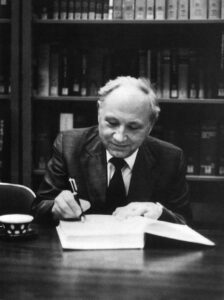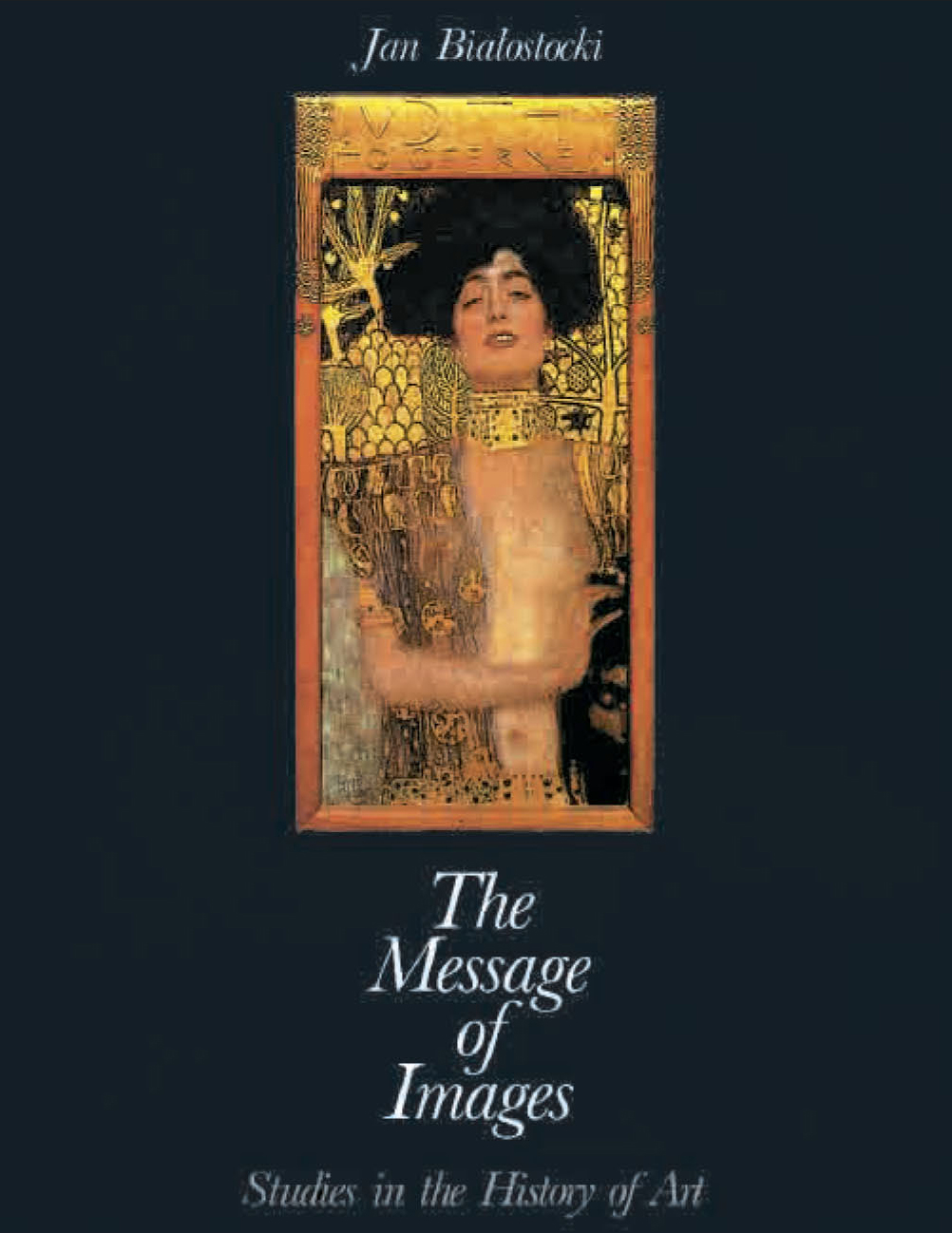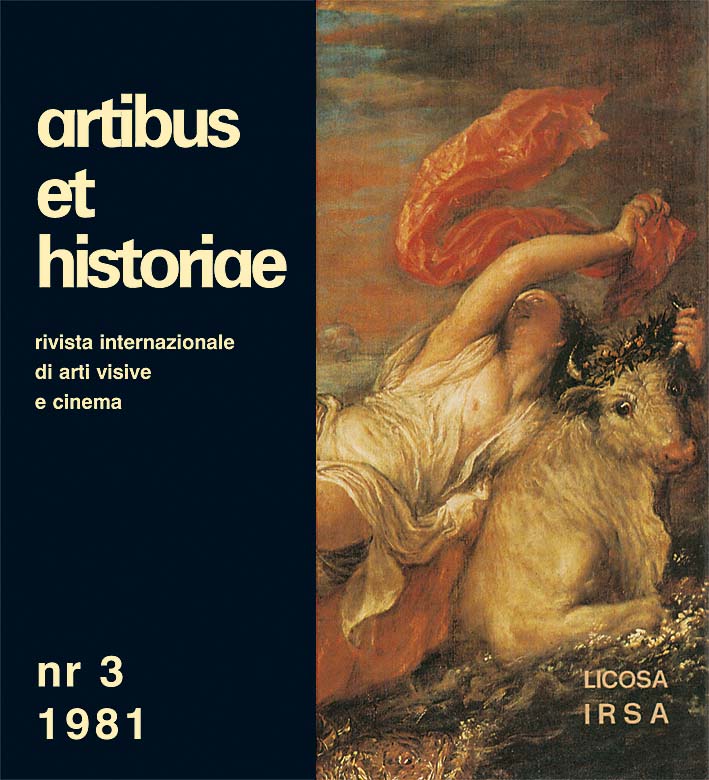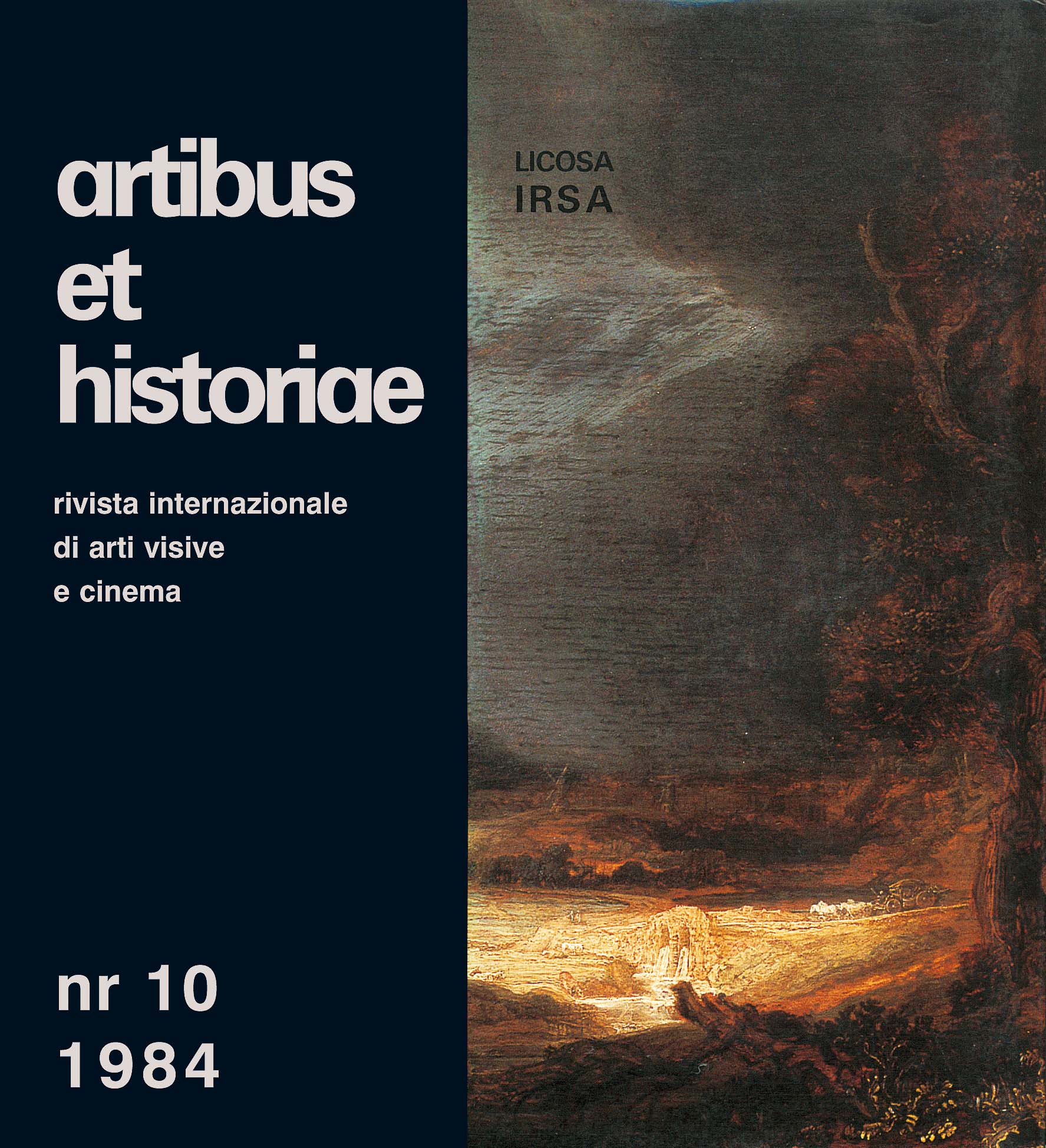On 14th August we celebrated the centenary of Professor Jan Białostocki’s birth.
On this occasion IRSA wants to call your atention to a set of excellent articles by Professor Jan Białostocki published by us. Therefore we have prepared special discounts on a book and three volumes of “Artibus et Historiae” which include papers by Professor Białostocki.
From 14th August for six months the following publications:
- The Message of Images. Studies in the History of Art – a book of collected papers written by Professor Białostocki
- “Artibus et Historiae” nr 1 (1980) including the article Begegnung mit dem Ich in der Kunst
- “Artibus et Historiae” nr 3 (1981) including the article Forman’s Cuckoo’s Nest, Its Composition and Symbolism
- “Artibus et Historiae” nr 10 (1984) including the article A New Look at Rembrandt Iconography
will be available for purchase for only €10 + VAT and shipment.
Orders can be placed via email irsa@irsa.com.pl.

Jan Białostocki (1921–1988) was one of the world’s most renowned art historians. He was director of the Institute of Art History of the University of Warsaw, curator of the Gallery of the European Painting in the National Museum in Warsaw, member of the Polish Academy of Sciences, doctor honoris causa of the University of Groningen, Holland (among others), and member of academies and scientific societies both in Europe and the United States.
He continued and popularized Erwin Panofsky’s methods of iconological research, especially for modern art. As a scholar of theoretical problems connected mostly with modern art in such works as his “Stil und Ikonographie”, he was instrumental in the diffusion of Panofsky’s methods in Poland and in other countries. Jan Białostocki also edited critical editions of the writings of artists (among others Leonardo da Vinci, Dürer, Poussin) and on historical questions related to them.
He edited various anthologies of texts on art from ancient times to the 18th century. He is well known for his papers and essays analysing such basic concepts as Late Gothic, the Baroque, and the Rococo. His most significant syntheses pertain to topics like “The Art of the Rennaissance in Eastern Europe. Hungary–Bohemia–Polnad”, and the history of art in the 15th century, “Spätmittelalter und beginnende Neuzeit”.
He organized numerous international exhibitions, like the one on “Venetian Painting” in the National Museum in Warsaw (1968), and “The Origins of the Modern Landscape” (1972), in the same museum. He also lectured at the Collège de France, Institute for Advanced Studies in Princeton and as Slade Professor at Cambridge University among others.



